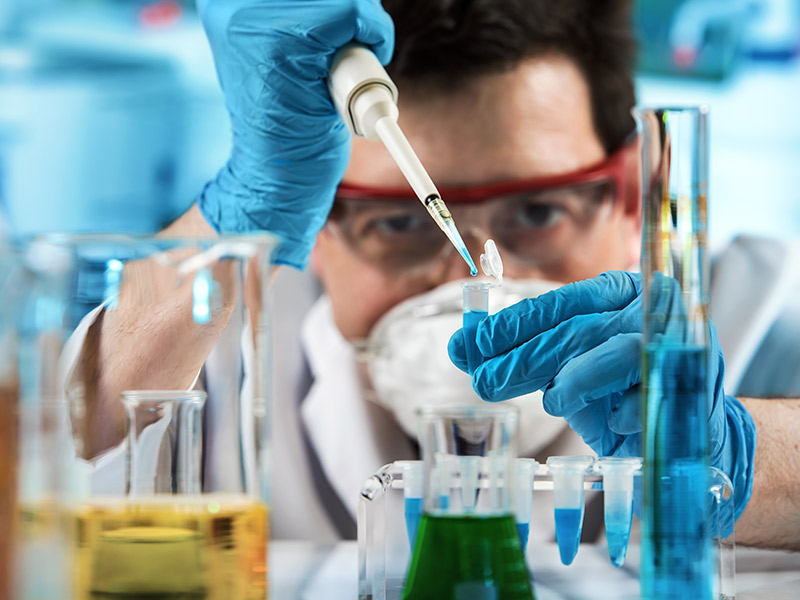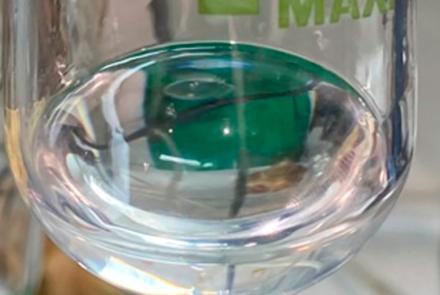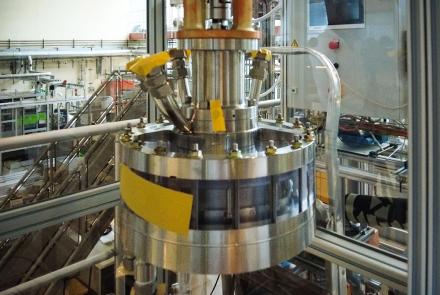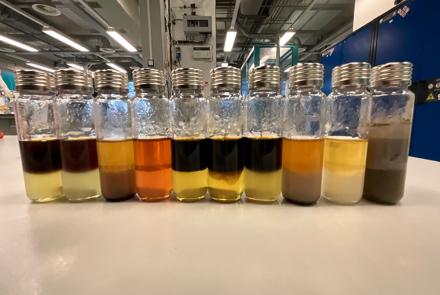HIGFLY Solvent Selection and Quantum Chemistry
Deep Eutectic Solvents
One of the HIGFLY project´s main objectives is to reduce the energy consumption of sustainable aviation fuel production by targeting unit operations throughout the process ranging from more efficient reactor technologies and catalysts to designer solvents and membranes. Furthermore, the aim is for a more circular process using solvents of natural origin, specifically, combinations of natural compounds called deep eutectic solvents (DES). A DES forms when two solids liquify upon mixing at moderate temperatures and the mixture remains liquid at room temperature which enables it to be used as a solvent.
In 2015, HIGFLY leaders, Eindhoven University of Technology (TU/e) first published a paper on hydrophobic deep eutectic solvents. As the name suggests, they are not mixable with water and so, in broad terms, they fit the profile for traditional organic solvents which the researchers from the HIGFLY project are aiming to use.
Solvent selection is crucial as it can have a significant impact on the operating and capital expenses of the HIGFLY process, or any process for that matter. However, selecting a solvent that is separable from its solutes becomes increasingly difficult as the mixture becomes more complex. The odds that two molecules behave similarly will increase as more components are added to the mix, therefore, the challenge that the HIGFLY researchers face when dealing with biorefinery streams is finding a trade-off between solvent selection and molecular behaviour.
To further complicate matters, DESs can be formed by multiple components and the initial components determine the characteristics of the final solvent. Therefore, DES component selection is a combinatorial problem. Considering a hundred unique compounds would lead to five thousand potential mixtures. That is not even considering various molar ratios, pH, temperature, etc. Screening just fifty compounds would require an unfathomable number of hours in the lab. A solution to this is to narrow down the list of candidates via a computational approach to designing and optimizing DESs.
Scalability and Quantum Chemistry
Quantum chemistry-based approaches which focus on the properties and behaviours of subatomic particles, and methods like COnductor like Screening MOdel for Real Solvents (COSMO-RS) are popular databases and screening tools used to predict the chemical potential of a molecule in a liquid solvent or mixture. These methods and tools are vital in allowing HIGFLY researchers to refine and scale up their lab testing whilst simultaneously reducing costs and improving efficiency.
Although methods like COSMO-RS and other databases and software are not without their drawbacks when it comes to screening unstudied compounds and molecules, there is no doubt that quantum chemistry, computational approaches and the broad availability of large chemical datasets drastically accelerate the development of predictive capability. Crossovers between physical and machine learning models are especially popular, and it is precisely this route that the HIGFLY project is taking. Ultimately, it is the work in laboratory in combination with computational methods that reinforces and improves the other, and the HIGFLY team of researchers are eager to show you their work and progress in the very near future.
Article by Daniël Emmery (TU/e)







